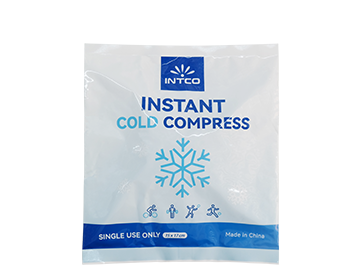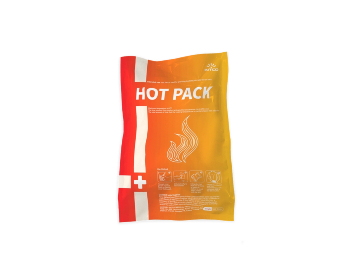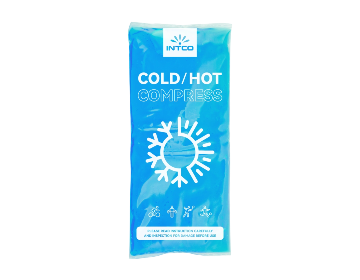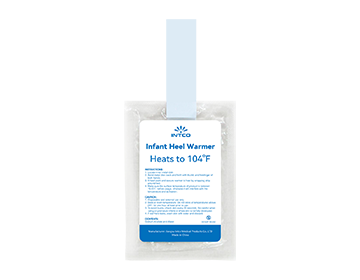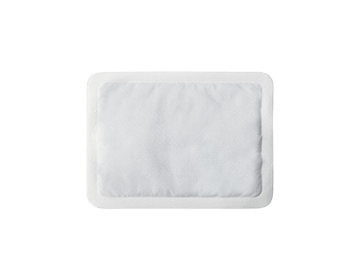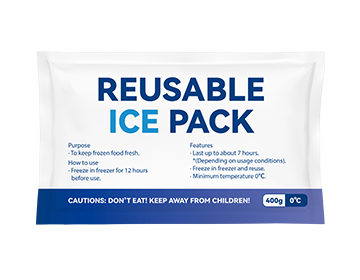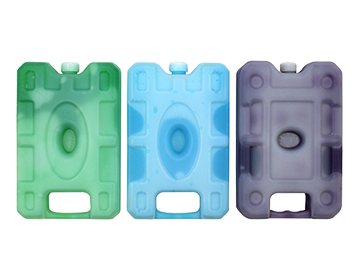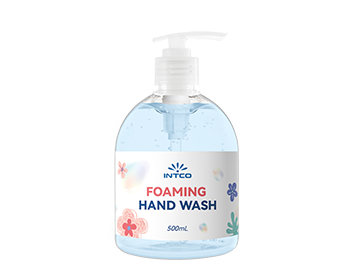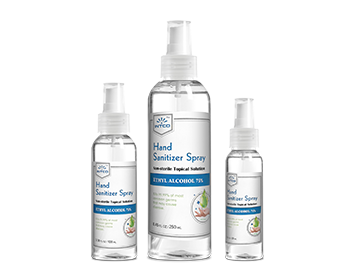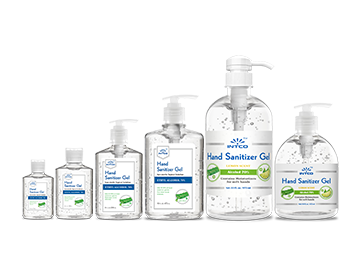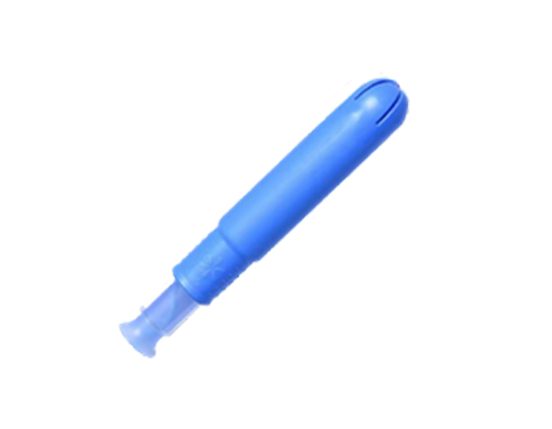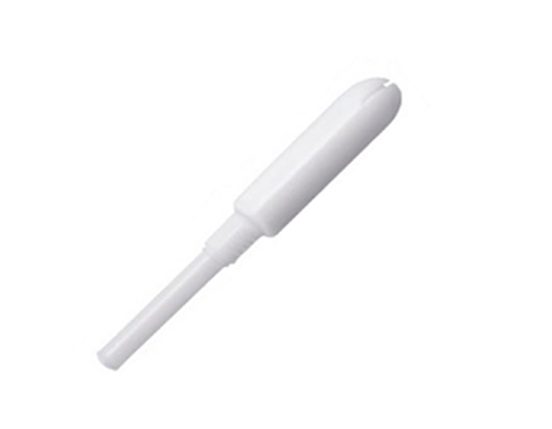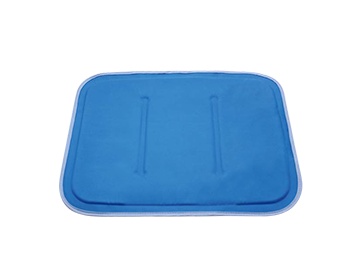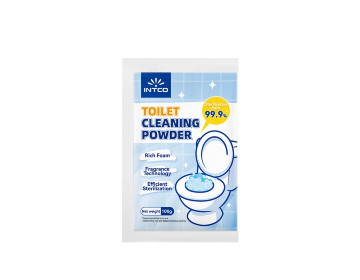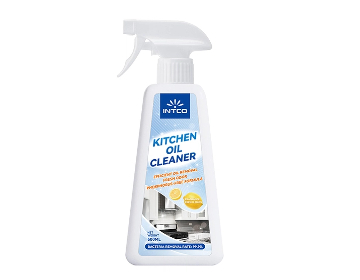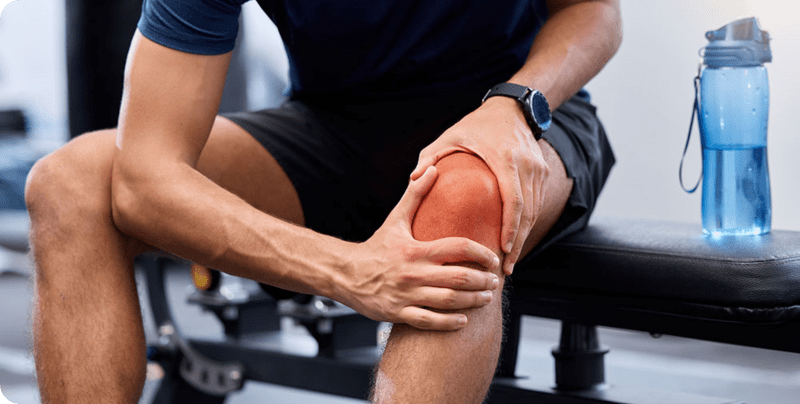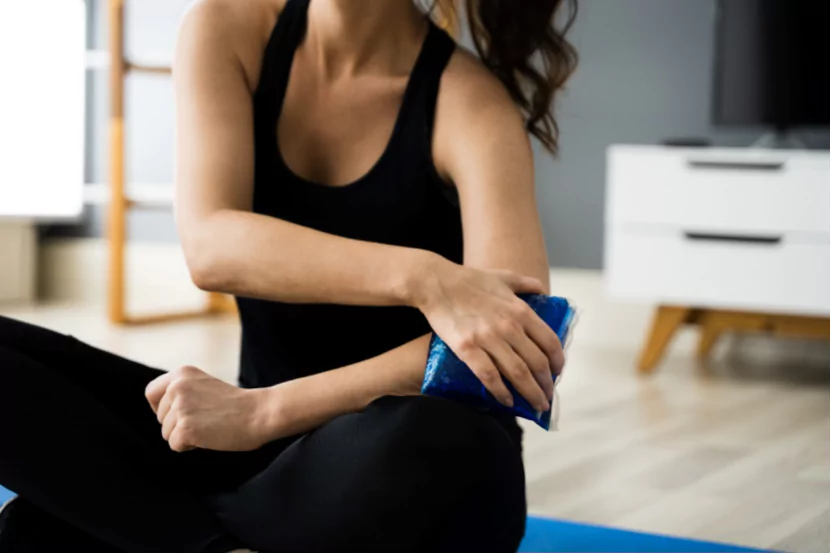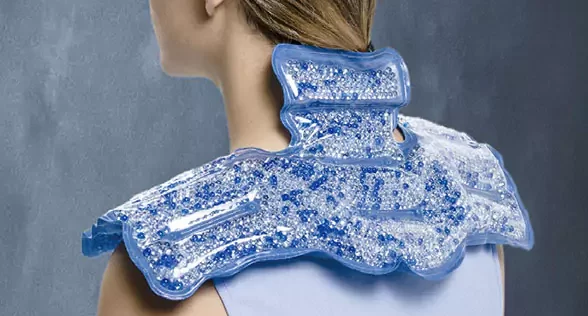How Long Should You Use a Reusable Cold Compress? Dos and Don’ts
Cold therapy is a common treatment for injuries, swelling, and pain relief. Reusable cold compresses are convenient and effective, but improper use can lead to skin damage or reduced effectiveness. This article provides expert-backed guidelines on how long you should use a reusable cold compress, along with essential dos and don’ts.
How Long Should You Use a Reusable Cold Compress?
Medical experts, including the Mayo Clinic and the American Academy of Orthopaedic Surgeons (AAOS), recommend the “20-minute rule” for cold therapy:
-
Apply for 15–20 minutes per session.
-
Wait at least 1–2 hours before reapplying.
-
Never exceed 20 minutes continuously—prolonged exposure can cause frostbite or nerve damage.
Cold Therapy Duration Guidelines (By Condition)
| Condition | Recommended Duration | Frequency | Additional Tips |
|---|---|---|---|
| Acute injuries (sprains, strains) | 15–20 minutes | Every 1–2 hours (first 48 hours) | Combine with rest and elevation for best results. |
| Post-surgery swelling | 15–20 minutes | 3–4 times daily | Follow your surgeon’s specific instructions. |
| Chronic pain (arthritis, tendinitis) | 10–15 minutes | 2–3 times daily | Avoid overuse—consult a doctor if pain persists. |
| Muscle soreness (post-workout) | 15 minutes | 1–2 times as needed | Best used within 24–48 hours after exercise. |
| Headaches/migraines | 10–15 minutes | As needed | Apply to forehead or neck for tension relief. |
Why the 20-minute limit?
Prolonged cold exposure can lead to:
❌ Frostbite (skin and tissue damage)
❌ Nerve irritation (tingling or numbness)
❌ Rebound swelling (blood vessels may expand after prolonged constriction)
Dos and Don’ts of Using a Reusable Cold Compress
Dos: Best Practices for Safe Cold Therapy
✔ Use a cloth barrier – Always wrap the compress in a thin towel to prevent frostbite. (Cleveland Clinic)
✔ Elevate the injured area – Reduces swelling more effectively when combined with cold therapy.
✔ Check skin every 5 minutes – If skin turns white, red, or numb, remove the compress immediately.
✔ Follow the 20-minute rule – Set a timer to avoid overuse.
✔ Store properly – Keep gel packs in the freezer, but avoid extreme freezing (some become too stiff).
Don’ts: Common Mistakes to Avoid
✖ Apply ice directly to skin – Can cause frostbite or ice burns.
✖ Use on open wounds – Cold therapy should only be applied to intact skin.
✖ Fall asleep with the compress – Risk of prolonged exposure and tissue damage.
✖ Use for more than 48 hours post-injury – After this period, switch to heat therapy if needed.
✖ Reuse a damaged gel pack – If leaking, dispose of it safely to avoid skin irritation.
When Should You Avoid Cold Therapy?
Cold therapy is not suitable for everyone. Avoid it if you have:
1.Poor circulation (e.g., diabetes, Raynaud’s disease)
2.Numbness in the affected area (risk of unnoticed frostbite)
3.Hypersensitivity to cold
4.Certain skin conditions (e.g., dermatitis)
For chronic conditions like arthritis, consult a doctor before long-term use.
About INTCO Healthcare
INTCO Healthcare is a leading manufacturer of high-quality reusable cold and hot therapy products, including gel packs and injury recovery solutions. Their products are designed for safe, effective pain relief and are widely used in medical and sports recovery settings.
FAQs
Can I reuse a cold compress indefinitely?
A: Most reusable gel packs last for multiple uses but may lose effectiveness over time. Check for leaks or damage before each use.
How do I clean a reusable cold compress?
A: Wipe with a mild disinfectant or soapy water. Avoid submerging unless the product is labeled waterproof.
Can I heat a cold compress for dual therapy?
A: Many reusable gel packs are designed for both hot and cold therapy—follow manufacturer instructions.
Is a cold compress better than ice packs?
A: Reusable cold compresses are more flexible and comfortable, while ice packs may be colder but risk frostbite faster.
By following these guidelines, you can safely and effectively use a reusable cold compress for pain relief and recovery. Always consult a healthcare provider for severe injuries or persistent pain.

